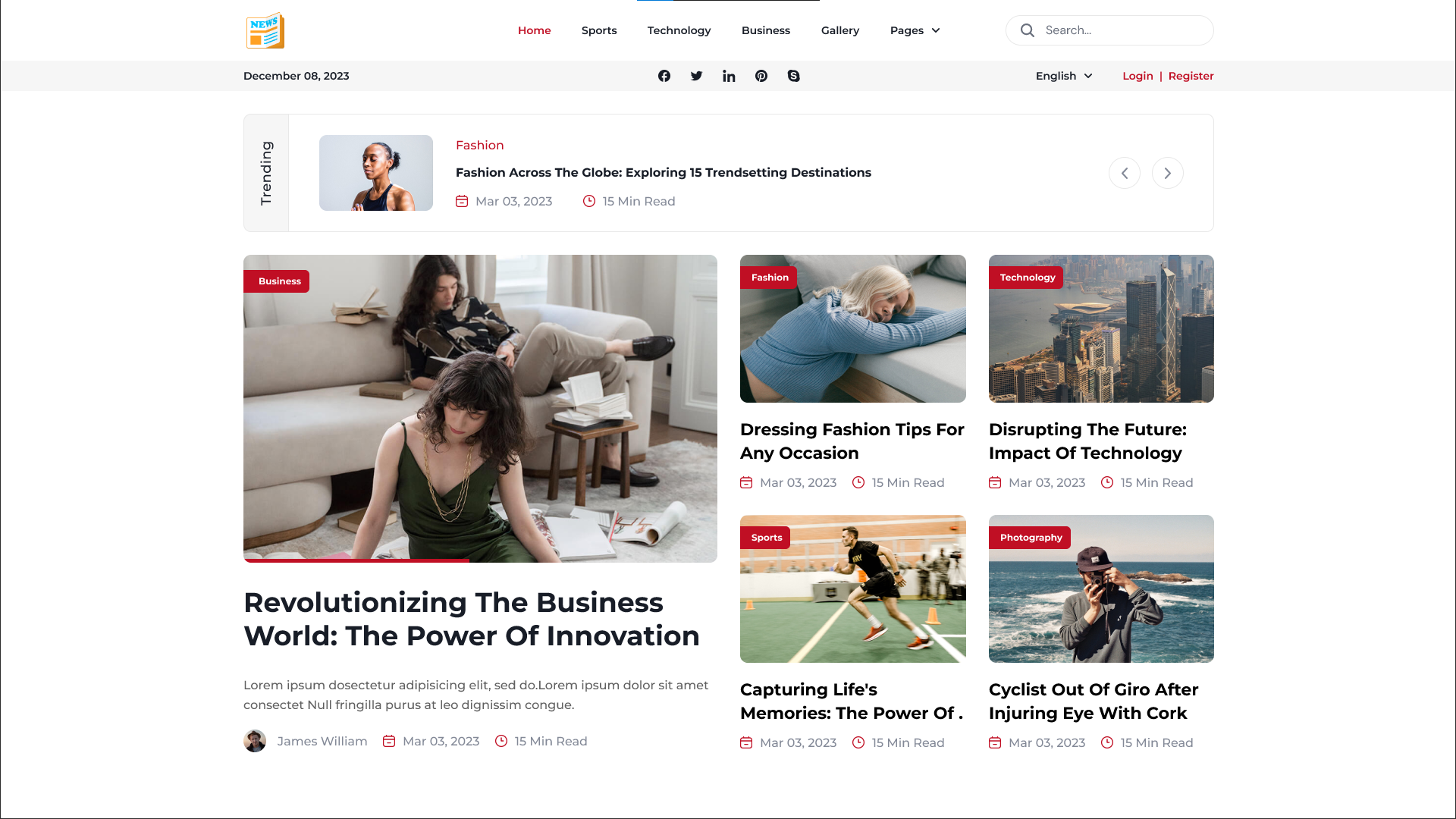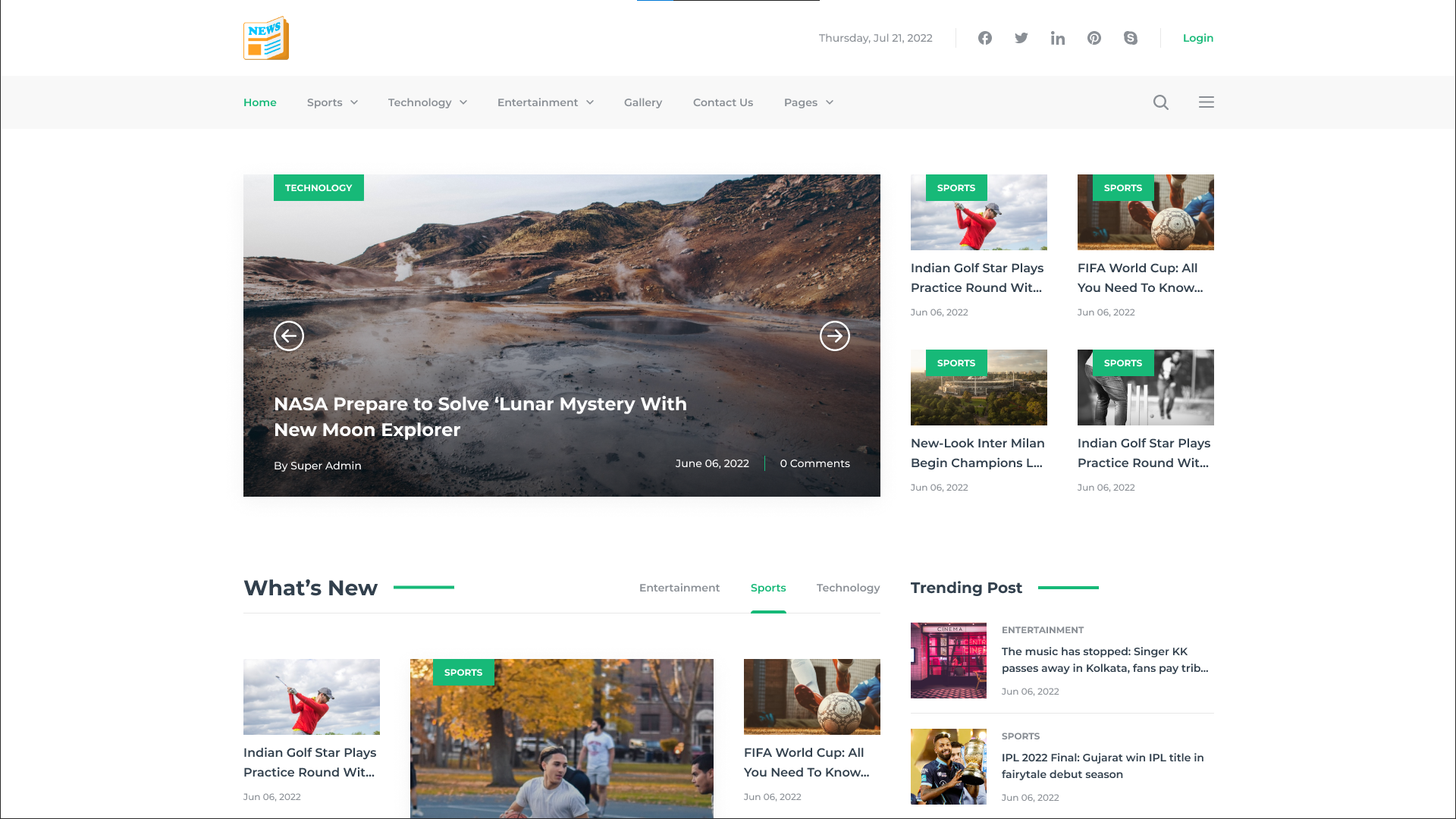Any conversation about the evolution of the insurance industry must start with digitalization. Nevertheless, digitalization is a pretty nebulous concept that might mean different things to different insurance organizations as they attempt to fulfill the demands of the modern consumer. As part of the Professional InsurTech Certificate programme, a number of industry experts talked about the impact that digitalization is playing in the insurance sector.
The conversation was introduced by Alex Johnson, the Global Industry Lead for Insurance at Quantexa, who pointed out that the term "digitalization" might refer to many different things. For example, some insurance companies may view it as a cloud strategy and the transfer of data or legacy applications to faster, more flexible platforms.
On the other hand, some people would view digitalization as the ability of distribution channels to offer new digital items in a way that is more user-friendly, while others might see it as the process of generating real-time information.
Johnson, on the other hand, thinks that digitalization is all about the end-to-end decision-making process for a particular consumer and the end-to-end customer view. This covers the methods for understanding and validating consumer underwriting, customizing the experience and providing incentives that are appropriate for the customer, allowing the customer to view their portfolio or modify their policy, and providing customer care throughout the customer's life cycle.
"What we're really seeing," he continued, "is insurers beginning to prioritize getting rid of the conventional transactional view of a customer." [Stealing thought] I'm going to examine this customer's application, I'm going to examine this customer's claim, I'm going to examine this client's midterm adjustment, and I'm truly going to consider how they need to comprehend my consumer more comprehensively. [They ask]: I really need to know who that customer is, who I'm doing business with, either personally or as an organization. How they use things like telematics information, how they interact, and how they use their data. The significance of those data elements' similarity is growing.
Johnson has observed that the ability of insurers to swiftly link data together is the largest obstacle they face when attempting to facilitate this process. He pointed out that insurers frequently deal with fragmented internal procedures and siloed data, which makes it very challenging to have a comprehensive understanding of the client.
Johnson therefore advises businesses wishing to begin their digitalization plan to begin with their data. Insurance companies should consider the ways in which they might obtain information not only from external sources such as third-party or external device data, but also via already-existing channels. They will be able to comprehend the client far better as a result.
Register for the Professional InsurTech Certificate to hear the entire presentation.
Regarding the Certified Professional in InsurTech:
Professionals working in the insurance business can gain a thorough understanding of Insurance Technology (InsurTech) through the Professional InsurTech Certificate course. The course covers important topics such as the principles of InsurTech, adoption strategies for insurance companies, regulatory perspectives, data analytics, customer engagement, claims processing, risk assessment, and emerging technologies like AI and ML specifically designed for the insurance industry, all with an emphasis on practical applications.
This course, which stands out for taking a comprehensive approach to the InsurTech scene, combines real-world case studies with insightful commentary from prominent InsurTech pioneers and top insurance company executives.







.jpeg)

.jpeg)
.png)










Comments 0